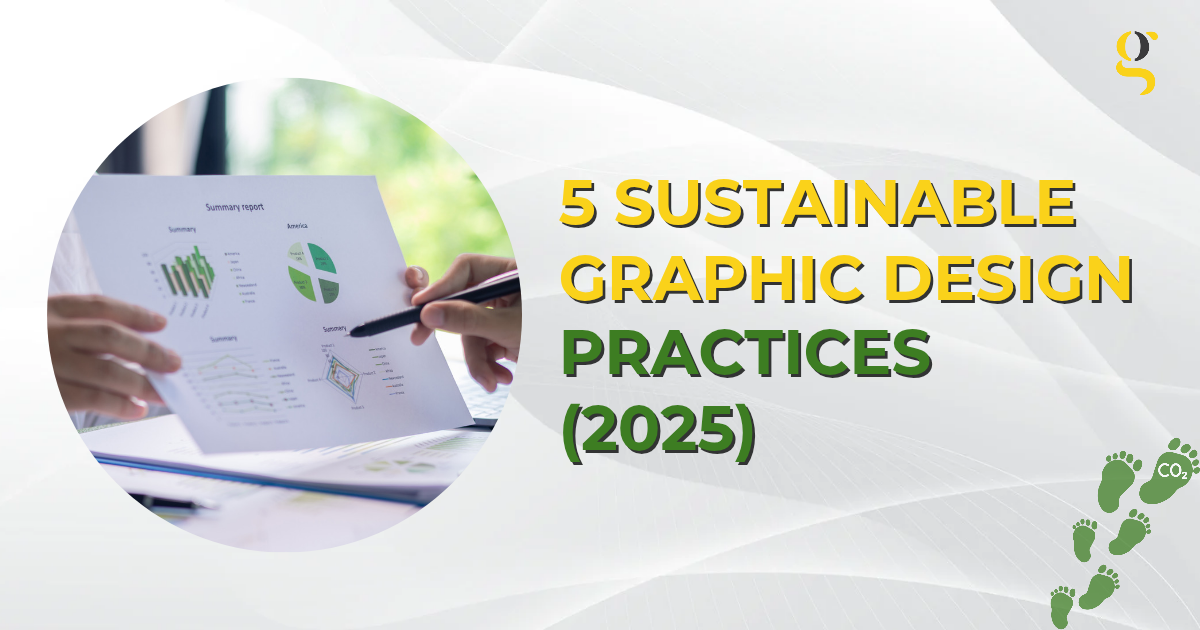Saving water and trees is great but did you know your design choices can also help you avoid being a hot mess for the planet? Well let’s talk about sustainable graphic design.
In this world of social media and digital creation, there’s a constant urge to be up to date about latest design trends, tech innovations and to create content that helps you stand out. But do you know, what is overlooked? ENVIRONMENT!
It’s 2025 and it is high time to think how we can design graphics, web design and improve user-experience but while having sustainability in mind. Don’t worry this doesn’t mean giving up on beautiful designs or great digital experience as you can make eco-friendly choices and sustainable graphic designs without sacrificing creativity and quality.
Table of Contents
What is sustainable graphic design?
Sustainable graphic design is a way to design stuff that minimize the harm to the environment. Am quite sure, you would be thinking how can a design impact environment? Well Design can impact the environment in many ways like through the materials used, the energy consumed in the process or through the e-waste. But a well though out design can reduce the harmful impact on the planet.
When we talk about “Sustainable graphic design”, “Eco-friendly design” or “Green UX practices”, we talk about the design techniques or strategies that are mindful of resource use, energy consumption and waste generation through out the entire process of designing.
Impact of sustainable graphic design
According to stats, Design elements contribute to about 50% of a website’s carbon footprint. As we discussed that a well thought out sustainable graphic design can reduce the carbon footprint. Let’s explore how this happens, shall we?
Reduced energy consumption
Websites or apps that are designed to function on a fewer resources are better for the environment as it consumes less energy. It is about reducing the total energy that is consumed by the websites or apps, designing page in such way that they load quickly and keeping the navigation simple so that the audience find what they are looking for instantly.
Less carbon footprint
Do you know visiting websites is not free?
Well yes, while it may not cost you money but there is always an environmental cost. The more energy servers need to process the page, the higher the carbon footprint. A sustainable graphic design helps you reduce the carbon footprint by optimizing codes, lowering data transfer and energy usage.
Design for longevity
There is a new trend in every few days which makes you feel to be up to date. But well sustainable graphic design is not about making things that last for a few days but about crafting something beautiful that lasts long. Avoid trends that become outdates too soon which will reduce the need to redesign.
How you can make the change!
1.Optimise the performance
Surely you remember the tortoise and the hare tale. But in the world of websites, the tortoise is not winning any races or hearts for that sake. A slow loading website uses more energy as users have to wait, the faster your website or app loads the better it is for both users and the planet. Here are a few green UX practices to make your website more optimised for better use:
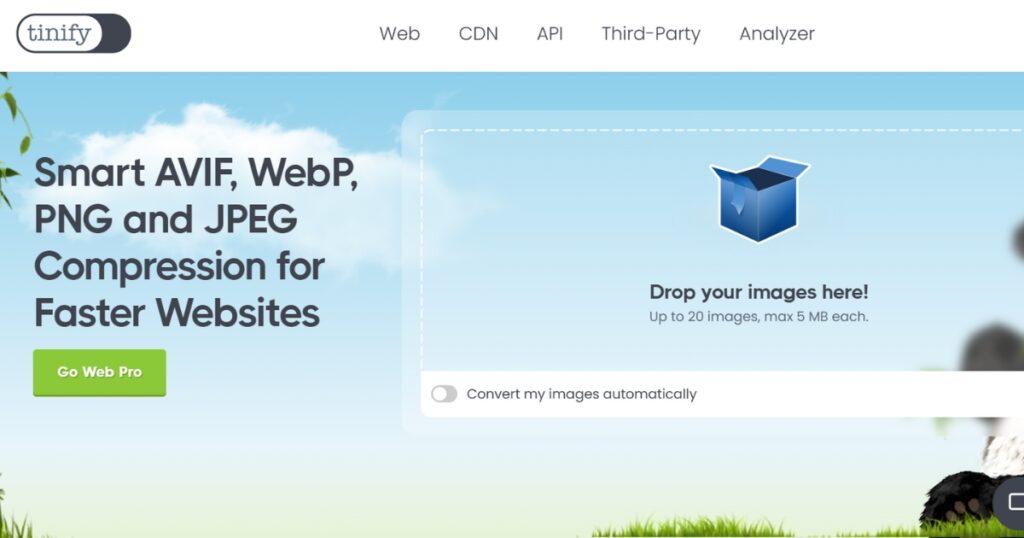
Compress images- High resolution and large size images can slow down your load times. Tools like TinyPNG or Imageoptim can help you compress you images without losing the quality.
Minimize request- Every time a webpage loads, it makes several requests to a server to get files like images, CSS and JavaScript. Reducing the number of these requests will lighten the environmental load.
2.Efficient color palette and fonts
The colors and even the fonts you use in the making of your design can impact the consumption of energy. The brighter and lighter the color, the more energy it consumes. Here are a few Easy-Peasy tips you can follow
Go dark- Use dark mode or dark backgrounds, which are not only on-trend but are also energy efficient. Energy efficient websites like Chanel, NVIDIA, Zomato and Spotify use dark background or have an option to view the website in dark mode.

Scalable fonts- Instead of using heavy font files, use scalable fonts which are lightweight and improves the load time rather than increasing it. It’s also important for a responsible website as scalable fonts adjust according to the screen size.
Apart from website, designers can use Ecofont, a font designed to use less ink while printing. The font’s design has tiny holes in the letters which reduces the amount of ink needed when printed without affecting readability.
3.Design with minimalism
Heard the saying, Simplicity is the key? Well, when in doubt simplify! Minimal designs aren’t just practical but are stylish and practical too. A minimal design is never out of trend so you won’t have to redesign again and again. Websites like The minimalist and Google are great examples of minimal websites. A minimal layout gives your website a classy, elegant and sophisticated look while having user friendly interface.
Limit design elements- Think of it like a suitcase, you carry what is essential! Don’t overload your design with too many animations, images or elements which slows the site.
Optimise UI- Use lightweight buttons, icons, CTAs and other elements that aren’t large in size and do not require heavy codes.
4.Sustainable hosting channels

Unfortunately most of the web hosting services across the world rely on fossil fuel. These data centres consumes massive energy which causes a huge impact on our planet. What you can do? Green hosting- Look for data centres or hosts that use renewable energy or carbon neutral services. GreenGeeks and Greenhost are companies that use eco-friendly hosting.
5.Reuse and Recycle assets
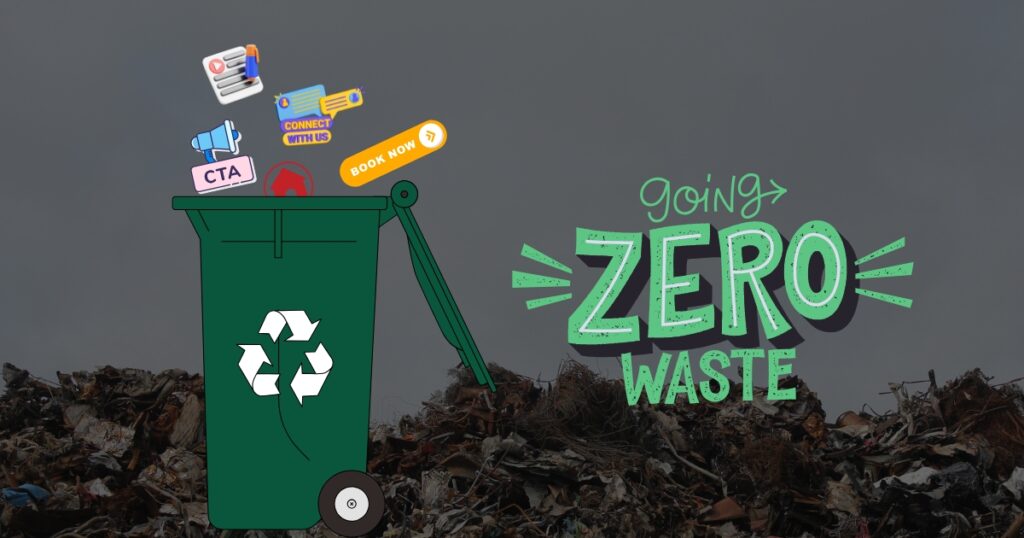
Instead of starting from scratch with every new project, consider reusing the assets you already have. Digital assets like Icons, Call-to-actions (CTAs) buttons, Layouts and Templates can be reused which results in not only saving your valuable time but also contributes to sustainability in design. This reduces digital waste by it helps in minimizing digital files.
The green flags
In a world full of red flags, these companies are the green flags leading the way—and so should you!
1.Etsy
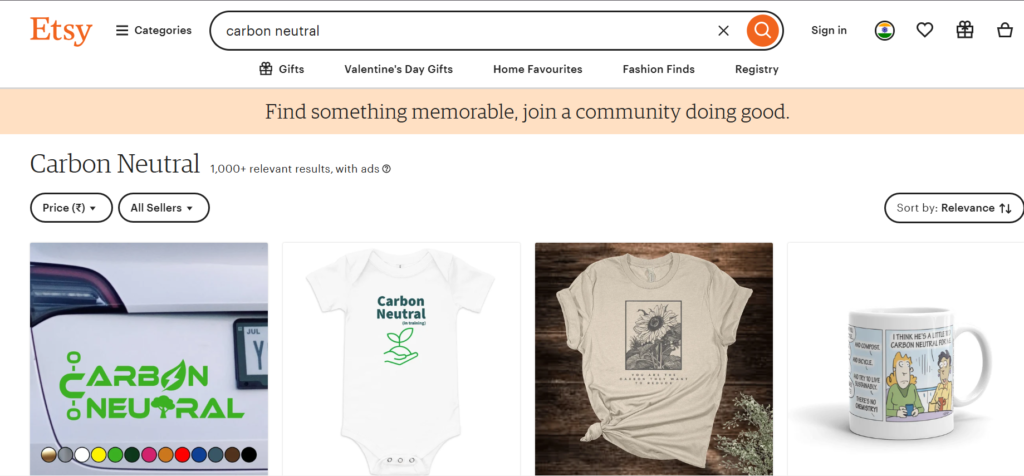
Etsy, the popular marketplace is committed to reduce its environmental impact and go green. It became a carbon neutral company by investing in renewable energy projects. They have even reduced the digital carbon footprint by optimizing images and other content. They have set a great example for e-commerce platforms everywhere.
2.Unilever
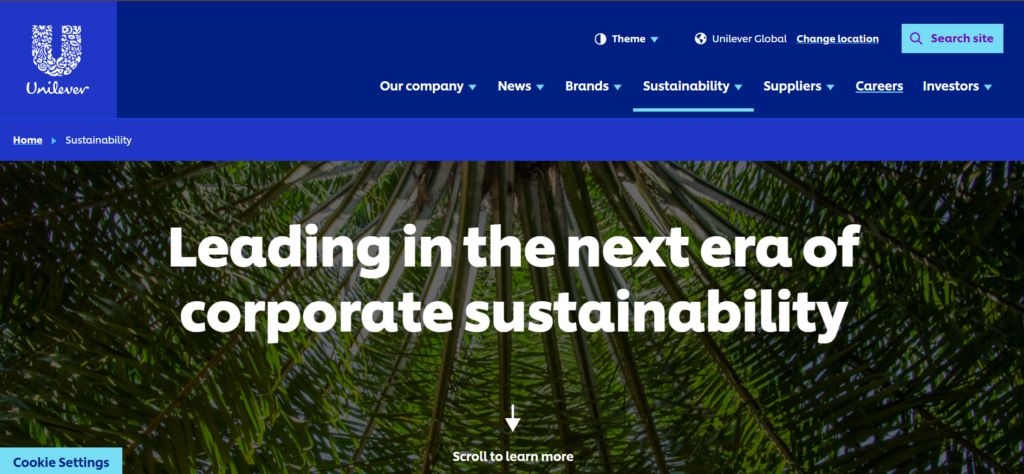
Unilever the global goods giant has optimised its online presence to walk into digital sustainability. The company streamlines it digital infrastructure, minimizing the carbon footprint of its websites. By focusing on efficient coding, reducing unnecessary data transfer and using eco-friendly hosting solutions, Unilever ensures that its digital platforms align with its broader sustainability goals.
3.Tesla
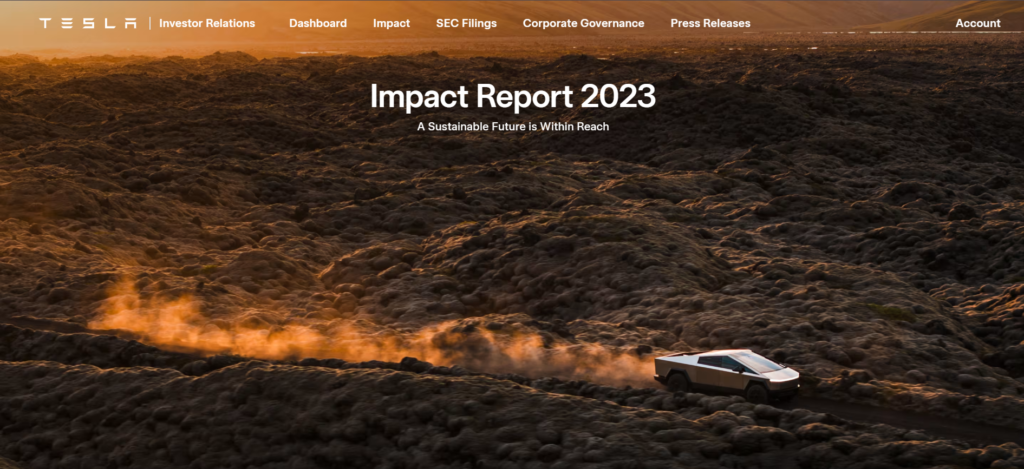
Tesla’s commitment to sustainability extends beyond electric vehicles. Tesla is integrating energy efficient practices into its digital operations. The company reduces its carbon footprint through smart design for its websites and apps which focuses on streamlines content. They are making efforts to optimise data centres and improve energy efficiency on their digital platforms.
Conclusion
Sustainable Graphic Design is not just a buzzword but a responsibility. Whether you’re a graphic designer, UX designer or web developer, the power to make a difference is in your hands. From optimizing website performance, reusing assets to choosing eco-friendly hosting, there are plenty of ways to make a positive impact.
By adopting sustainable graphic design practices we can create beautiful and lasting digital experiences or designs that can benefit both users and the planet. Instead of just focusing on highly visual design that looks great, let’s also focus on creating an experience that benefits both users and planet.

